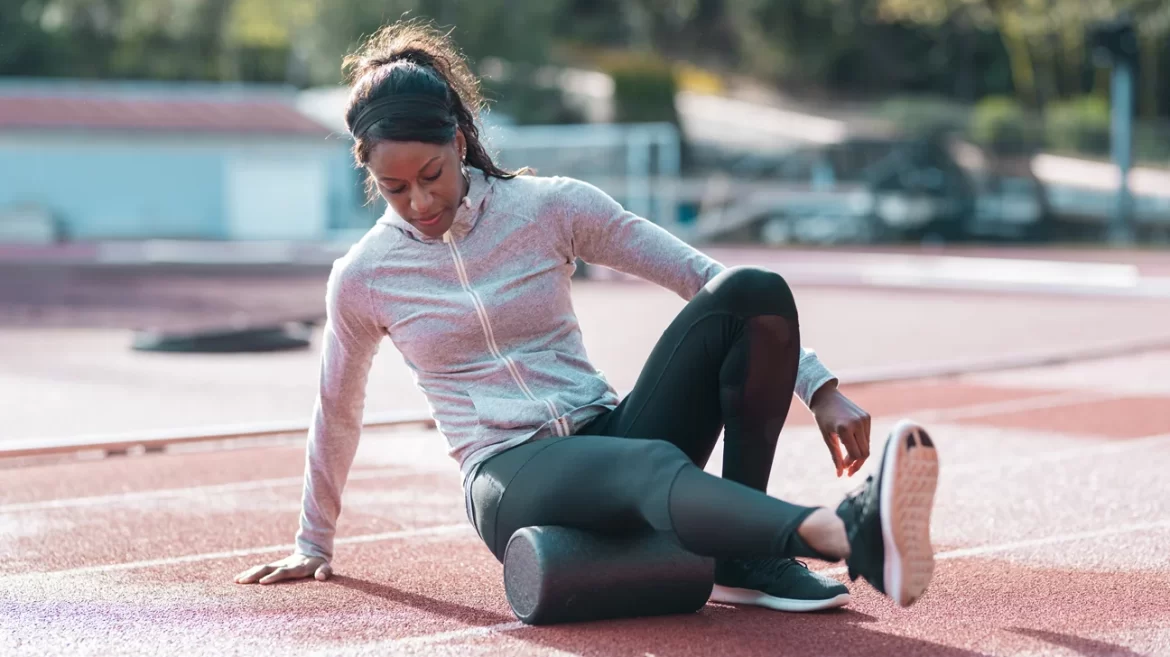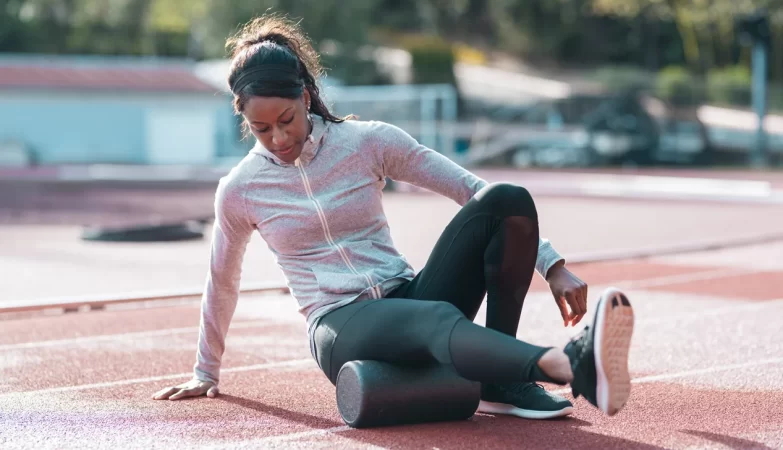Regular exercise can do wonders for our health and immunity it helps maintain fitness levels, promotes physical wellbeing and strengthens immunity systems.
Many people don’t realize the significance of rest and recovery days in terms of preventing burnout, muscle atrophy and injury.
Rest Days
Many people mistakenly believe that fitness gains can only come through rigorous exercise sessions; however, for your body to remain healthy it needs adequate rest and relaxation time as well. Therefore it’s essential to take at least one rest day each month.
Barry’s Bootcamp master trainer Jemma McKenzie-Brown believes it is important to strike a balance between high impact workouts and rest days, according to Jemma McKenzie-Brown. As your workouts become more intensive, your body requires additional rest days.
Although rest days are designed as a break from strenuous exercise, active recovery should still be included on these days. Activities like yoga, walking and gentle stretching can promote blood flow and boost your body’s natural post-workout healing process while simultaneously keeping motivation high and helping avoid burnout.
Active Recovery
Active recovery refers to any movement with lower intensity than your typical workout, such as taking a leisurely walk, leisurely jog or light stretching exercises like yoga.
Active recovery aims to enhance blood flow, speed muscle recovery and enhance performance upon return to the gym. But be careful not to overdo it – aim for keeping your heart rate below its target heart rate which varies according to age and fitness level.
Active recovery is an effective complement to any workout routine, but should never replace rest days as essential elements of true recuperation. Passive recovery should only be utilized if recovering from injury or experiencing symptoms of overtraining – in which case active recovery would not suffice.
Stretching
Stretching is a key component of any workout routine, yet many find themselves neglecting this aspect when short on time. According to experts, dynamic and static stretching should form part of any fitness program’s pre- and post-workout regimen, especially to relax your muscles, tendons and ligaments and reduce second day soreness by approximately 5 percent.
On recovery and rest days, it’s also beneficial to engage in low intensity physical activities such as walking, light yoga and using a foam roller (for self-myofascial massage). Such movements help improve blood circulation while flushing away waste products like metabolites and lactic acid from the body – increasing flexibility and mobility at the same time!
Yoga
Yoga can be an excellent active recovery solution, helping to stimulate heart rate and circulation while building strength in muscles for future workouts. Plus, its stretching benefits and muscle strengthening exercises prepare the body for workouts!
Yoga helps improve breathing and promote relaxation, which in turn can reduce stress responses in the body while strengthening immune system function. Yoga’s focus on spinal health and posture reduces back pain; stretching poses stimulate proprioceptor nerve endings to soothe your spine’s proprioceptor nerve endings to alleviate it further.
Yoga offers an effective solution for people who work sedentary jobs with limited physical activity throughout their days; adding yoga exercises into daily life won’t require too much extra effort or be time consuming if practiced at different points throughout the day. Yoga exercises don’t need to be long – even 10 minute practices will do wonders!
Meditation
Meditation can be one of the best ways to boost both mental and physical wellbeing. An ancient practice, it is now widely practiced within the fitness industry and can help enhance performance during workouts.
Meditation before or after exercise will enhance performance by tapping into the power of mind-body connection. You can meditate in any position that suits you; from 60-minute yoga classes to simply placing your hands over your heart and taking deep conscious breaths are all effective forms of mediation.
Start small and build up to longer sessions over time as you grow accustomed to them. Body scan meditation – in which you lie down and bring awareness to each part of your body from toes to head – can also be incorporated to reduce stress and enhance post-exercise recovery.









